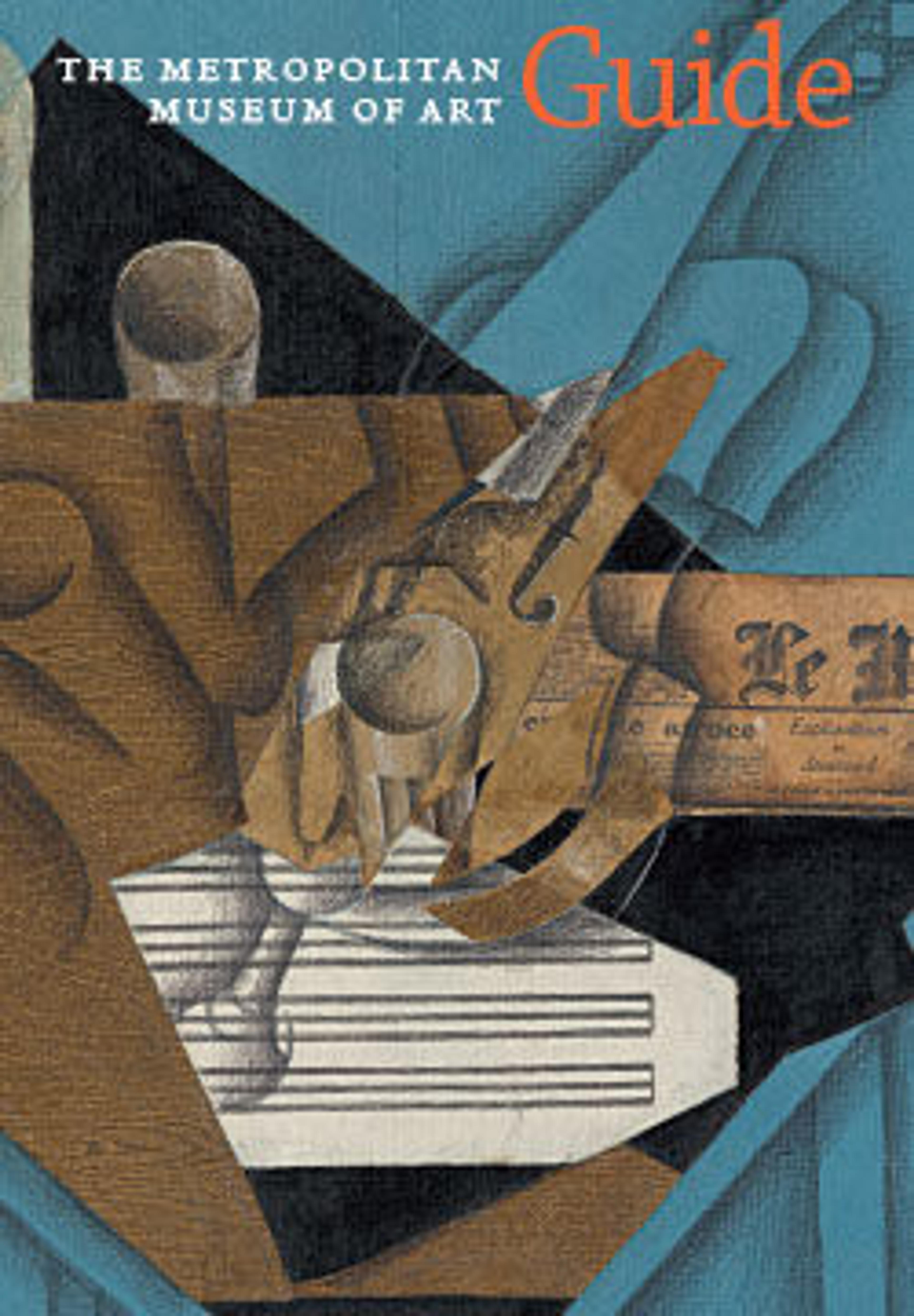English
Biographies of Lian Po and Lin Xiangru
Poet, calligrapher, and Chan (Zen) Buddhist adept, Huang Tingjian believed that calligraphy should be spontaneous and self-expressive—“a picture of the mind.” Containing nearly twelve hundred characters, this handscroll is a masterpiece of cursive-script writing. It transcribes an account of a rivalry between two officials: Lian Po, a distinguished general; and Lin Xiangru, a skilled strategist. Huang’s transcription ends abruptly with Lin’s words: “When two tigers fight, one must perish. I behave as I do because I put our country’s fate before private feuds.” Read in the context of Song political infighting, Huang’s transcription becomes a powerful indictment of the partisanship that led to his own banishment in 1094.
Artwork Details
- 北宋 黃庭堅 草書廉頗藺相如傳 卷
- Title: Biographies of Lian Po and Lin Xiangru
- Calligrapher: Huang Tingjian (Chinese, 1045–1105)
- Period: Northern Song dynasty (960–1127)
- Date: ca. 1095
- Culture: China
- Medium: Handscroll; ink on paper
- Dimensions: Image: 13 1/4 in. × 60 ft. 4 1/2 in. (33.7 × 1840.2 cm)
Overall with mounting: 13 1/2 in. × 71 ft. 5 5/8 in. (34.3 × 2178.4 cm) - Classification: Calligraphy
- Credit Line: Bequest of John M. Crawford Jr., 1988
- Object Number: 1989.363.4
- Curatorial Department: Asian Art
Audio
7450. Biographies of Lian Po and Lin Xiangru
0:00
0:00
We're sorry, the transcript for this audio track is not available at this time. Please email info@metmuseum.org to request a transcript for this track.
More Artwork
Research Resources
The Met provides unparalleled resources for research and welcomes an international community of students and scholars. The Met's Open Access API is where creators and researchers can connect to the The Met collection. Open Access data and public domain images are available for unrestricted commercial and noncommercial use without permission or fee.
To request images under copyright and other restrictions, please use this Image Request form.
Feedback
We continue to research and examine historical and cultural context for objects in The Met collection. If you have comments or questions about this object record, please contact us using the form below. The Museum looks forward to receiving your comments.
